Last Updated on August 2, 2021
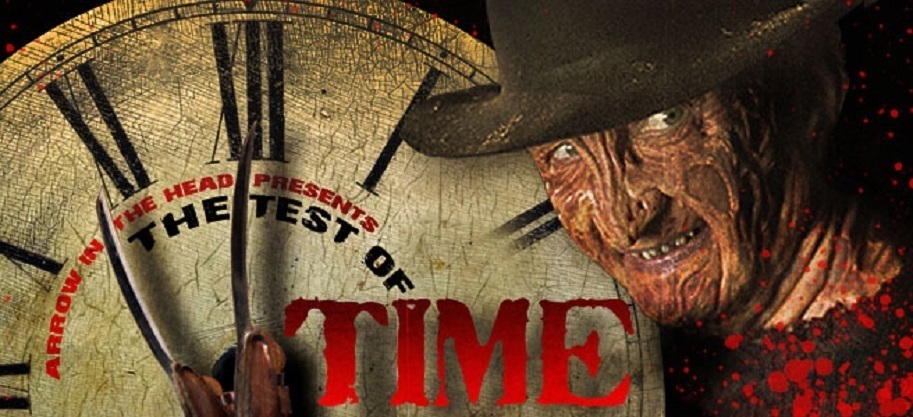
We all have certain movies we love. Movies we respect without question because of either tradition, childhood love, or because they’ve always been classics. However, as time keeps ticking, do those classics still hold up? Do they remain must-see? So…the point of this column is to determine how a film holds up for a modern horror audience, to see if it stands the Test of Time.
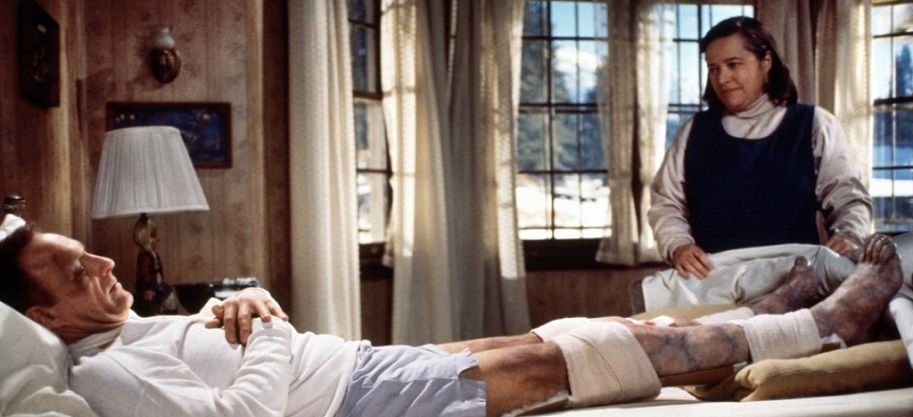
DIRECTED BY ROB REINER
STARRING KATHY BATES, JAMES CAAN, RICHARD FARNSWORTH, LAUREN BACALL
Be honest, what is your all-time favorite Stephen King movie? For me, the answer is easy. No movie has or will likely ever mean more to me personally than STAND BY ME. For a movie about childhood nostalgia, the emotional profundity of the film only compounds in my soul with each passing year. No single film, a King adaptation or otherwise, has had nearly a comparable impact in my life!
So let’s rephrase the question: what’s your all-time favorite Stephen King horror movie? While answers are sure to vary, chances are MISERY will be mentioned a time or two. Makes sense. After all, STAND BY ME director Rob Reiner was brought back at the behest of King, who only agreed to allow MISERY to be adapted to the big screen under one proviso: Reiner would either have to direct or produce through his Castle Rock production shingle. Wise move, as Reiner not only delivered another first-rate cinematic King story, but the villainous turn by Kathy Bates will forever live in infamy. As the film turns 30 years old this year, now is the perfect opportunity to judge how well MISERY does versus The Test of Time!
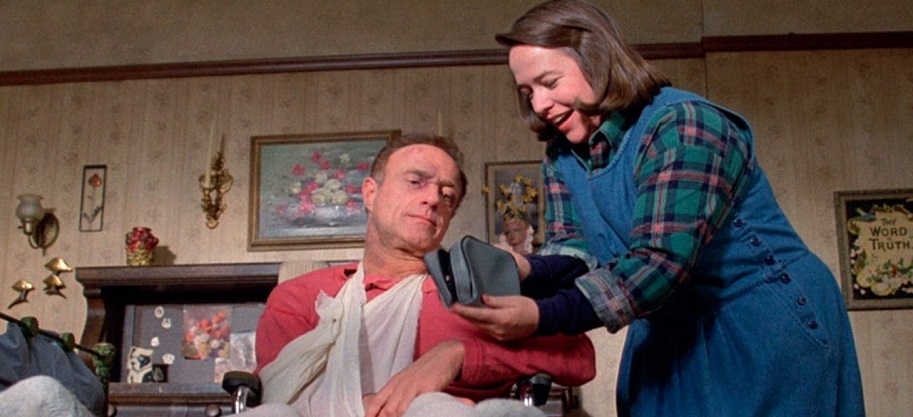
THE STORY: In retrospect, King has come out and admitted that the story of MISERY is a veiled metaphor for his destructive drug addiction. The character of Annie Wilkes (Kathy Bates) is said to be an allegory for King’s own sense of isolation, dependency, rage, and the “hobbled” attempt to escape such dire circumstances. With that in mind, the actual story concerns Paul Sheldon, writer of an 8-book series of Victorian-era romance novels called the Misery series. Each time Paul writes a new book, he hoofs it from NYC to a snowy cabin in Colorado (Shining anyone?) to write without distraction. As the movie begins, Paul has completed a new manuscript, a risky non-Misery volume, to show his literary agent (Lauren Bacall). Driving back to NYC in a blizzard, Paul crashes his ’65 Mustang in the snow and nearly dies from being trapped inside.
Miraculously saved, Paul is brought to the cozy abode of Annie Wilkes, a nurse and self-proclaimed biggest fan of Paul’s Misery series. She’s even named her pet pig Misery after the novels. At first, it seems as if Annie’s good intentions are legit and that she just wants to nurse her favorite scribe back to health. However, when she reads his new manuscript, she erupts in a maniacal tantrum and berates the author from straying from his bread and butter. With her ever-present crucifix strapped to her chest, the zealous fervor in Annie begins to increase with each passing scene. Later, when we discover she’s a child murderer who killed infants as a nurse (based on the real case of Genene Jones). Confined to a bed with two broken legs, Paul can only conjure various ways of, if not escaping outright, at least communicating with the outside world to get help. As Paul plots his way out like a fine-tuned novel he’s used to writing, Annie becomes increasingly psychotic, violently unhinged, and downright out for blood! If you don’t know the rest, shame on you!
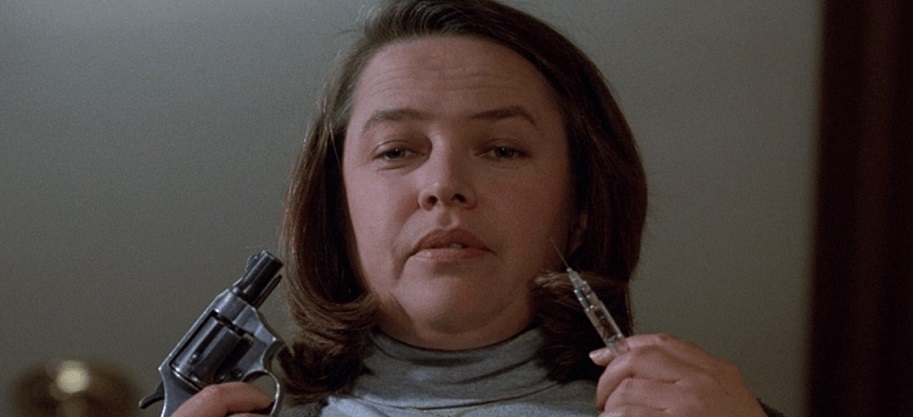
WHAT HOLDS-UP: With such fecund source material, a staple of King’s novels, the story is what holds-up the most. But having seen the film again after at least a decade, what stands up just as well are the top-notch performances, of course, led by Bates Oscar-winning tour-de-force, as well as the staging and cinematography by fellow director Barry Sonnenfeld, the makeup and FX work by the KNB crew, and the kickass finale. Let’s dive deeper!
One of the reasons why Bates’ turn is so terrifying, so authentic, and so deserving of the plaudits she earned is how she does not go from zero to crazy in one moment or scene, but rather the way in which she careens from being totally equable one moment, then completely insane in the next, back and forth, back and forth. She’s nerdy, innocent and childlike one moment, then totally whacked-out the next. What this does is make her extremely volatile and unpredictable from scene to scene, rather than a quick and easy good-girl-goes-nuts transition. No, what makes Wiles so scary is her own fractured psyche, one she’s seemingly unaware of herself, and one that ignites a short-fused temper at any given moment. Yes, the performance is over the top, larger than life and extremely histrionic, but it’s also finely tuned from one scene to the next, never allowing Annie to become a monstrous caricature. Of course, it’s James Caan as Sheldon that really deserves credit. Without his subtle, reactionary, dialed-down turn, Bates’ towering turn would cease to be. Same goes for the work of Richard Farnsworth as Buster, the small-town sheriff who cracks the case, the late great JT Walsh as a state trooper, Bacall as Sheldon’s agent, etc. Without these grounded performances to keep things realistic, Bates' soaring performance would not be nearly as effective.
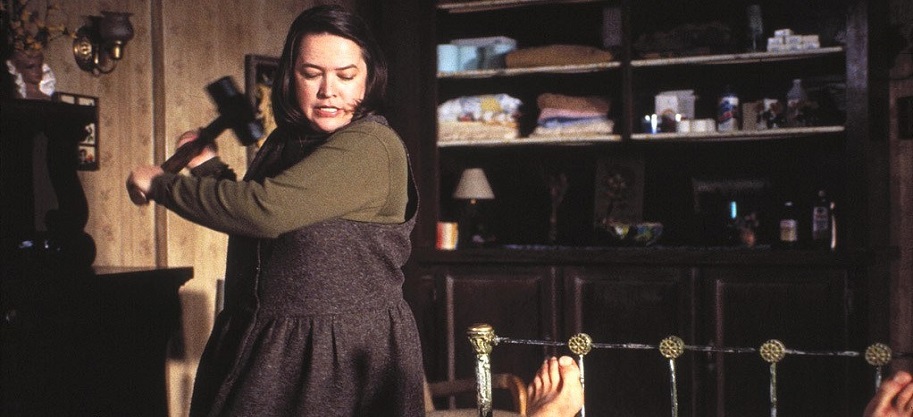
For a movie largely confined to a single bedroom, Reiner deserves credit for hiring Barry Sonnenfeld to light, shoot and stage the film in a way that remains vital. The movie feels inescapably claustrophobic in scenes that call for such, but at the same time, never feels too boring, uneventful or trapping. The use of light and shadow, lightning, snow, and other elemental aspects all hold up perfectly today. There’s no lame CG or weak FX to betray the movies age or spoil the very workmanlike direction, almost Hitchcockian, Reiner demonstrates. Speaking of FX, the splendid work by Howard Berger, Greg Nicotero and Robert Kurtzman still look first-rate, be it the swollen appendages of Paul in the beginning, the gory dead-face of Wilkes in the end, or the most cringe-worthy moment of the movie, that damn ankle breaker!
In the novel, Annie chops Paul’s foot off with an ax so he cannot escape. This is the chief reason why William Goldman, hall-of-fame screenwriter, chose to adapt the script. He initially objected to Reiner’s decision to instead have Annie bust Paul’s ankles with a sledgehammer, but then apologized for questioning him once he saw the finished product. The results speak for itself. If you don’t audibly whinge or snap your head away from the screen the instant Annie bashes the hammer into Paul’s left foot, there’s something severely wrong with you. Then, and most certainly now! Even Caan turned to Reiner after seeing the finished scene for the first time and said, “you’re a sick f*ck!” In fact, from the ankle breaker, all the way to the ferocious finale, the movie holds up quite sturdily. I specifically enjoy how the typewriter, the thing that gave Paul his charmed life, ends up saving that very life. Remember, Annie brings in a 50 pound Royal typewriter for Paul to bring back Misery from the grave. In the end, he brains Annie with the Royal before the crazy-ass bitch ultimately falls and lethally cracks her skull on the typewriter. Poetic justice yo!

WHAT BLOWS NOW: 30 years on, not a single scene feels out of place in MISERY. There’s not a false note or aged sequence to be found. I will say I found the score a bit silly in the final act, as it becomes too pronounced to reinforce Annie’s villainy when she goes totally postal. I also like the original idea King had for the novel to have Annie feed Paul’s body to Misery the pig, and then use his desiccated skin to bind the book he wrote. Of course, no studio would ever greenlight that ending.
THE VERDICT: With the rich source material of the premiere horror scribe of our time, a script adaptation by the legendary William Goldman, swift direction by the supremely underrated Rob Reiner, excellent cinematography by Barry Sonnenfeld, and a lifetime turn by Kathy Bates, who in turn is supported by James Caan’s thankless but terrific performance – yeah, MISERY ain’t slowing down anytime soon. Try again in another 30 years!


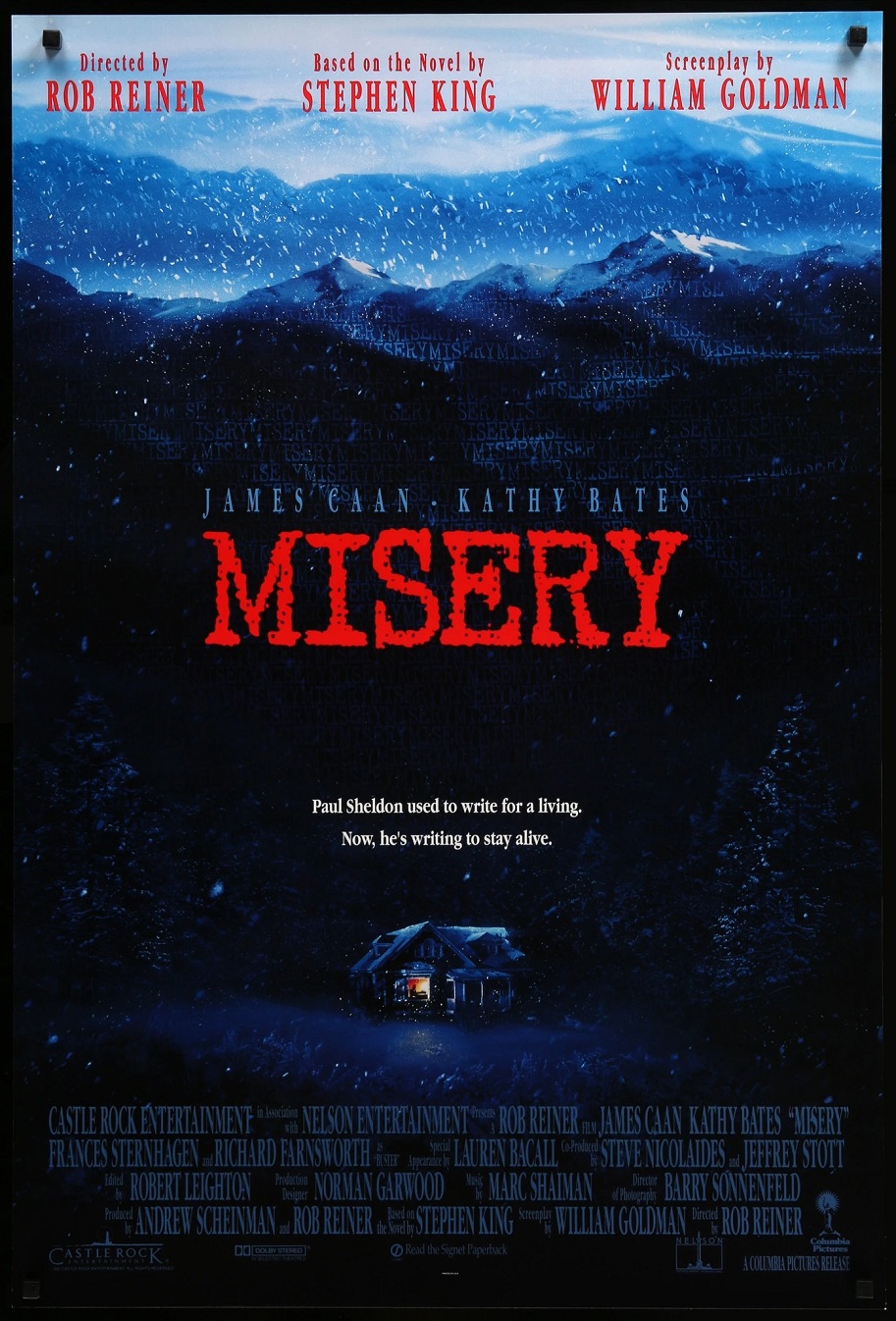









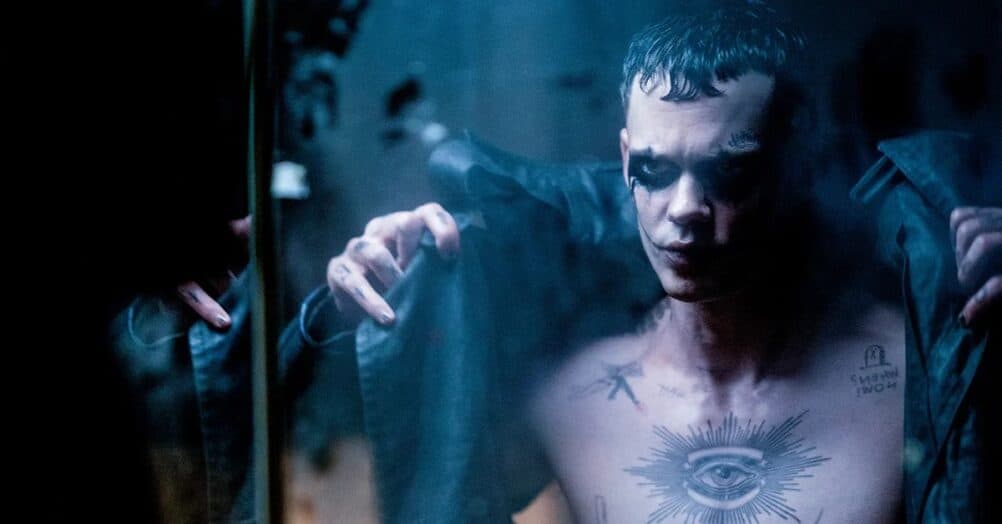
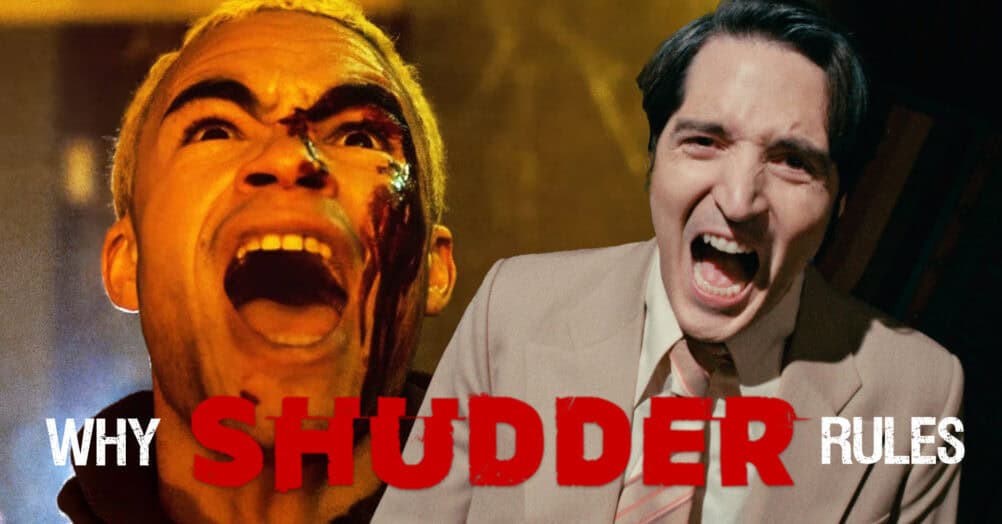

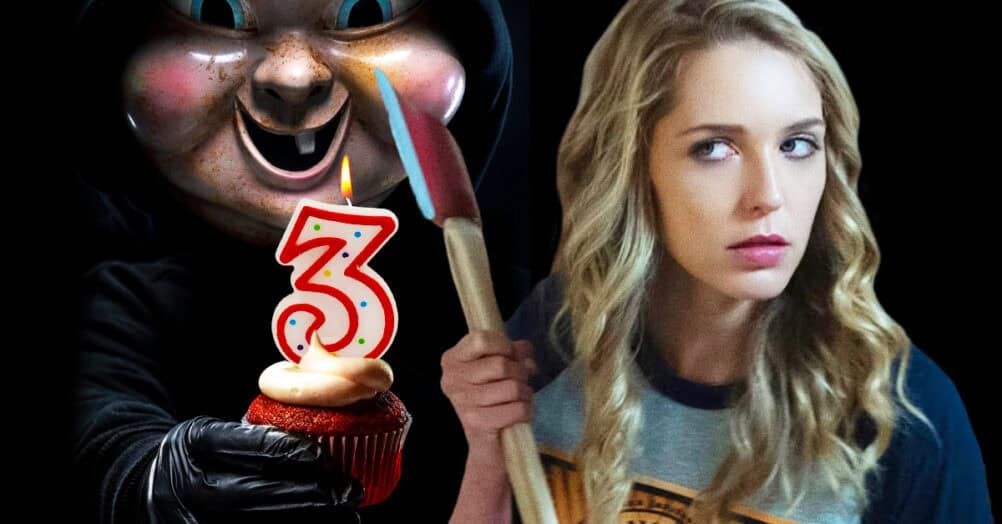


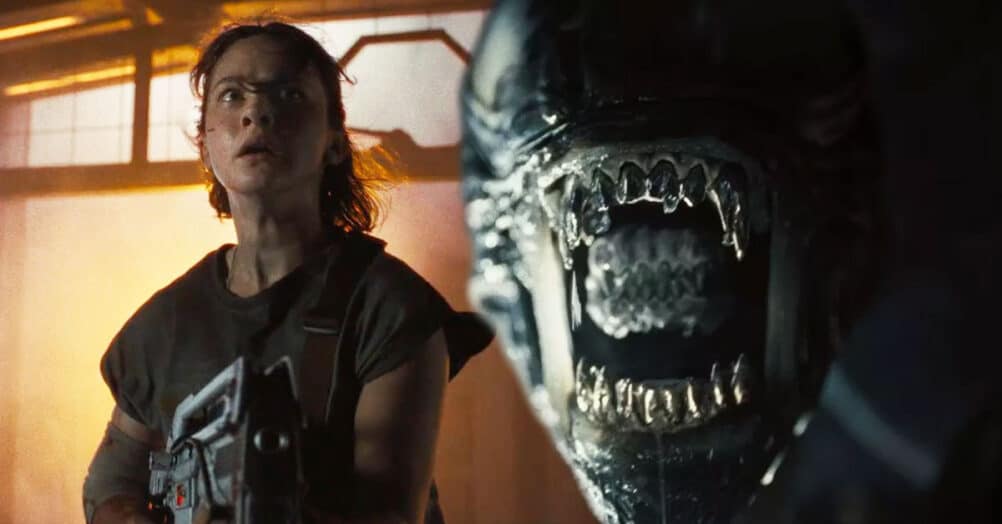

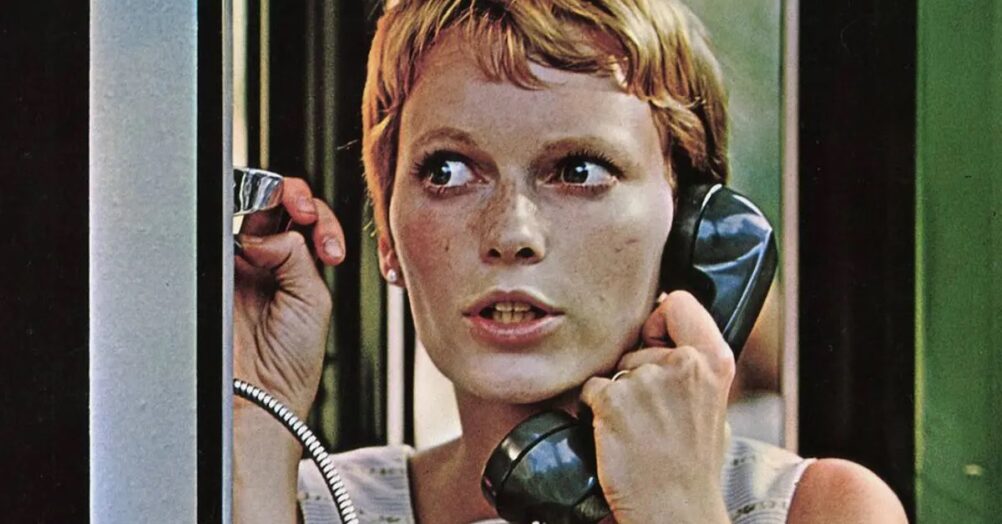
Follow the JOBLO MOVIE NETWORK
Follow us on YOUTUBE
Follow ARROW IN THE HEAD
Follow AITH on YOUTUBE